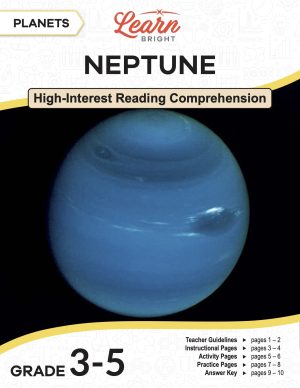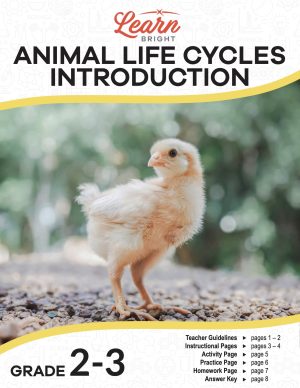Description
What our Associative Property lesson plan includes
Lesson Objectives and Overview: Associative Property explains the associative property, discusses both addition and multiplication, and provides several examples for teachers to do with students. Students learn that associative property allows you to add or multiply regardless of how the numbers are grouped. At the end of the lesson, students will be able to understand the associative property of addition and multiplication. This lesson is for students in 2nd grade, 3rd grade, and 4th grade.
Classroom Procedure
Every lesson plan provides you with a classroom procedure page that outlines a step-by-step guide to follow. You do not have to follow the guide exactly. The guide helps you organize the lesson and details when to hand out worksheets. It also lists information in the blue box that you might find useful. You will find the lesson objectives, state standards, and number of class sessions the lesson should take to complete in this area. In addition, it describes the supplies you will need as well as what and how you need to prepare beforehand. The supplies you will need for this lesson include scissors, glue, and extra paper.
Options for Lesson
Included with this lesson is an “Options for Lesson” section that lists a number of suggestions for activities to add to the lesson or substitutions for the ones already in the lesson. One optional addition to this lesson is to have students begin to incorporate the commutative and associative property. If you have more advanced students, you can begin to incorporate more than three numbers,. Finally, you could have students physically group themselves to demonstrate the property in front of the class.
Teacher Notes
The teacher notes page includes lines that you can use to add your own notes as you’re preparing for this lesson.
ASSOCIATIVE PROPERTY LESSON PLAN CONTENT PAGES
Associative Property
The Associative Property lesson plan includes one content page. The associative property shows us that we can add or multiply numbers regardless of the way the numbers are grouped. We add or multiply grouped numbers (numbers in parenthesis) first. When we add three or more numbers, the sum is the same no matter which numbers you add or multiply first. It doesn’t matter which order you add or multiply.
The lesson includes an example of the associative property of addition. (4 + 5) + 2 is the same as 4 + (5 + 2). 9 + 2 = 4+ 7. 11 = 11.
It also includes an example of the associative property of multiplication. (3 x 4) x 1 is the same as 3 x (4 x 1). 12 x 1 = 3 x 4. 12 = 12.
ASSOCIATIVE PROPERTY LESSON PLAN WORKSHEETS
The Associative Property lesson plan includes four worksheets: an activity worksheet, a practice worksheet, a homework assignment, and a quiz. You can refer to the guide on the classroom procedure page to determine when to hand out each worksheet.
MATCHING ACTIVITY WORKSHEET
The activity worksheet asks students to cut out the cards on the worksheet, match them, and glue them on a separate page.
EQUAL OR NOT PRACTICE WORKSHEET
For the practice worksheet, students will use the associative property to determine if the equations are equal or not equal.
ASSOCIATIVE PROPERTY HOMEWORK ASSIGNMENT
The homework assignment asks students to fill in the missing numbers in different equations using the associative property.
QUIZ
This lesson includes a quiz that you can use to test students’ understanding of the lesson material. For the quiz, students will draw a line between the matching equations.
Worksheet Answer Keys
This lesson plan includes answer keys for the practice worksheet, the homework assignment, and the quiz. If you choose to administer the lesson pages to your students via PDF, you will need to save a new file that omits these pages. Otherwise, you can simply print out the applicable pages and keep these as reference for yourself when grading assignments.









